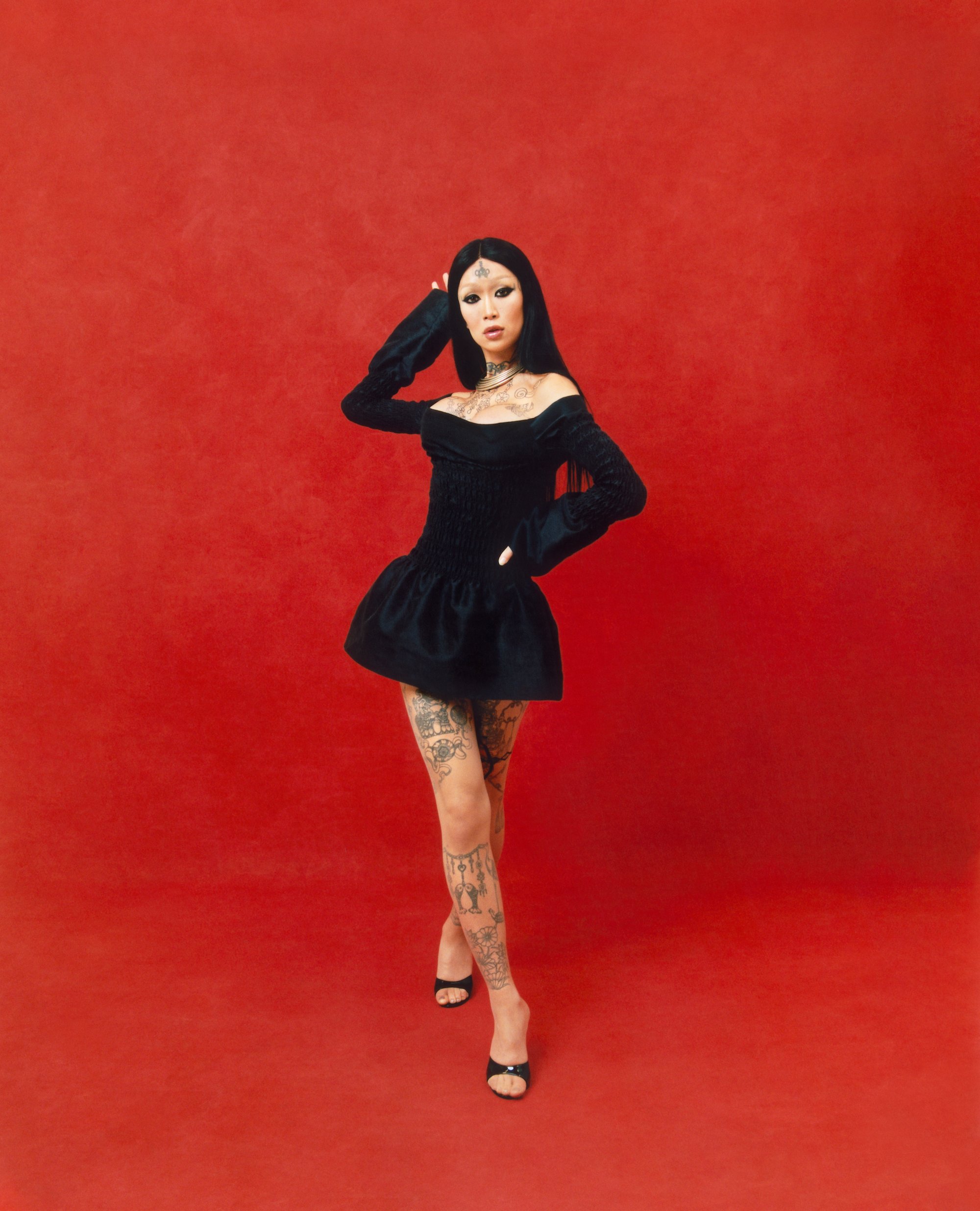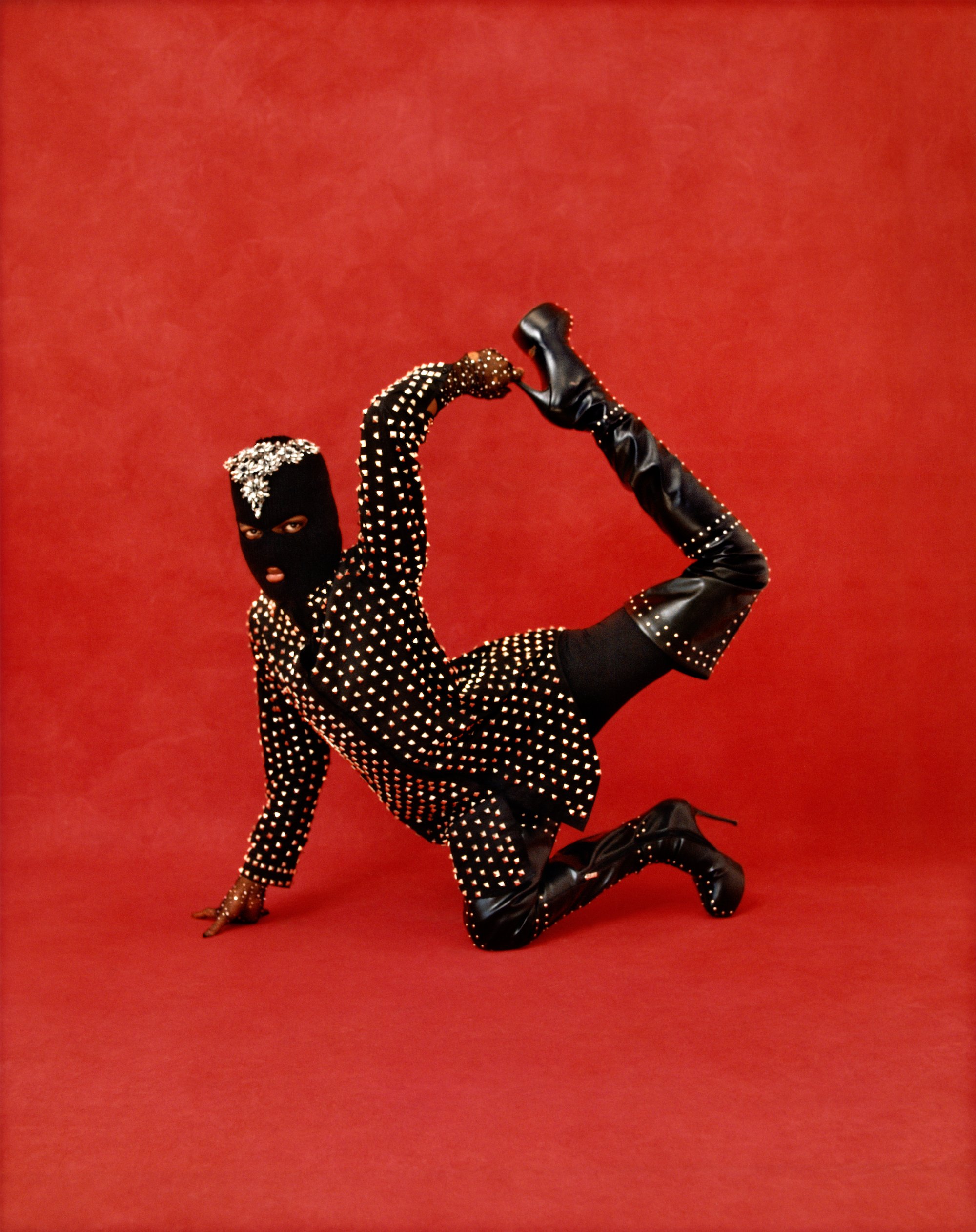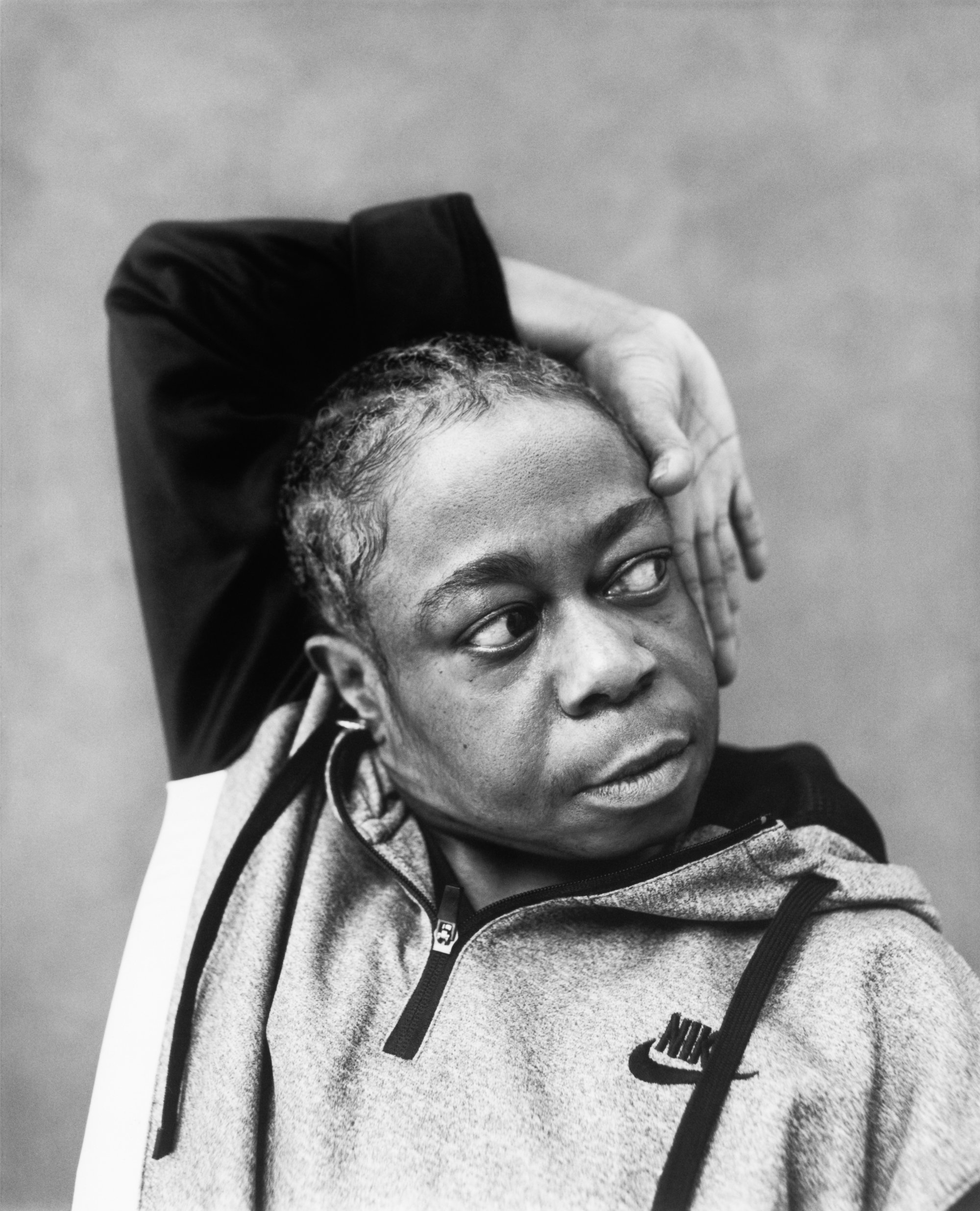CULTURE
Long May You Reign
It started as a casual introduction to ballroom legends the House of LaBeija. But soon, Myles Loftin discovered he’d found his next portrait series, and a new purpose.
words and photographs by Myles Loftin
The House of LaBeija was founded in 1972 by Crystal and Lottie LaBeija as a response to the divisive politics of the pageant world, which was extremely racist at the time. It was the first house in what would eventually become the New York City ballroom scene. In ballroom, a “house” is a safe haven for queer people of color and a home with a family for those who don’t have one. As with any traditional home, it has a mother (the head/leader/financier of the house) and children (younger members of the house), a structure that is still followed.
Today, the House of LaBeija has expanded beyond New York with chapters across the country as well as internationally. Never forgetting its roots, the LaBeijas have maintained the intentions set forth by Crystal and Lottie to create an inclusive and diverse safe space within the community.
In 2019, while working on my senior thesis at Parsons School of Design, I met the Miami chapter of the House of LaBeija. One of the subjects I was photographing told me that their father was the overall house father of the LaBeijas and invited me to a house meeting. After meeting and photographing some of them that day, I was asked to join the house, and I’ve been a member ever since.
Since joining the house, I’ve had the chance to meet several amazing individuals in ballroom and eventually joined the New York City chapter. There is so much talent and endless potential within the ballroom community. Whether they are walking face, realness, or performance, everyone gives 1000% percent toward putting their best on display at the balls, and the competitive energy could be compared to any major sporting event. There is so much preparation, and the stakes are high. I’m always in awe and so impressed when I’m at a ball because everyone is so incredibly talented and supportive of one another.
“This project is my way of saying that we are still here, and our existence is still a major influence on contemporary culture. ”
It’s been beautiful to watch mainstream media finally give much-deserved attention to the previously underground world of ballroom. Docu-series like Viceland’s My House uncover the day-to-day lives of members within the community. In 2018, FX’s Pose made waves as the first fictional television series about NYC ballroom in the ’80s and ’90s and has gone on to receive multiple awards and nominations. HBO’s Legendary, the most recent season of which featured members of the House of LaBeija, has spotlighted the ballroom scene for mainstream audiences.
These are all incredible achievements and have brought so many new eyes to ballroom, but I feel that for many people outside of the community their idea of ballroom still ends with the 1990 documentary Paris Is Burning. With this project, I wanted to further emphasize that ballroom is a contemporary movement and is still very much a thriving community.
Color has always been an important part of the images that I make, especially with regards to documenting people of color. For these portraits, I took inspiration from French photographer Chantal Regnault’s black-and-white documentation of the Harlem ballroom scene in the late ’80s, but I wanted to bring my own modern approach.
I chose to shoot most of the portraits using medium-format color film and to use strong, vibrant colors for the backgrounds in order to create a beautiful series of images that contextualize the modern-day ballroom scene and reflect the joy that these individuals bring to my life. Each portrait is an opportunity for the audience to connect and engage with an individual who they may not come across in their day-to-day life.
“I wanted to contextualize the modern-day ballroom scene and reflect the joy that these individuals bring to my life.”
I also chose to make black-and-white portraits of each member who stood in front of my lens. I wanted these images to go beyond the clothing and the makeup and capture the essence of each individual house member. Viewers are met with an intimate gaze by the subjects, who bare their soul for my camera.
There are balls that happen every single week, and people travel across the country and the world to compete. This project is my way of saying that we are still here, and our existence is still a major influence on contemporary culture. It’s also extremely important for me as a Black queer artist to create a visual archive of the members of my community as a means to solidify our place in history. I want others to admire the beauty and talent that I see when I look at my brothers and sisters.
Editor’s note: Select images from Myles Loftin’s House of LaBeija portrait series will be on view in the solo show “True Beauties” starting June 9, 2022, at Maison Kitsuné’s new Brooklyn gallery. There will also be an exhibition at the shop’s Paris outpost. Details here.






